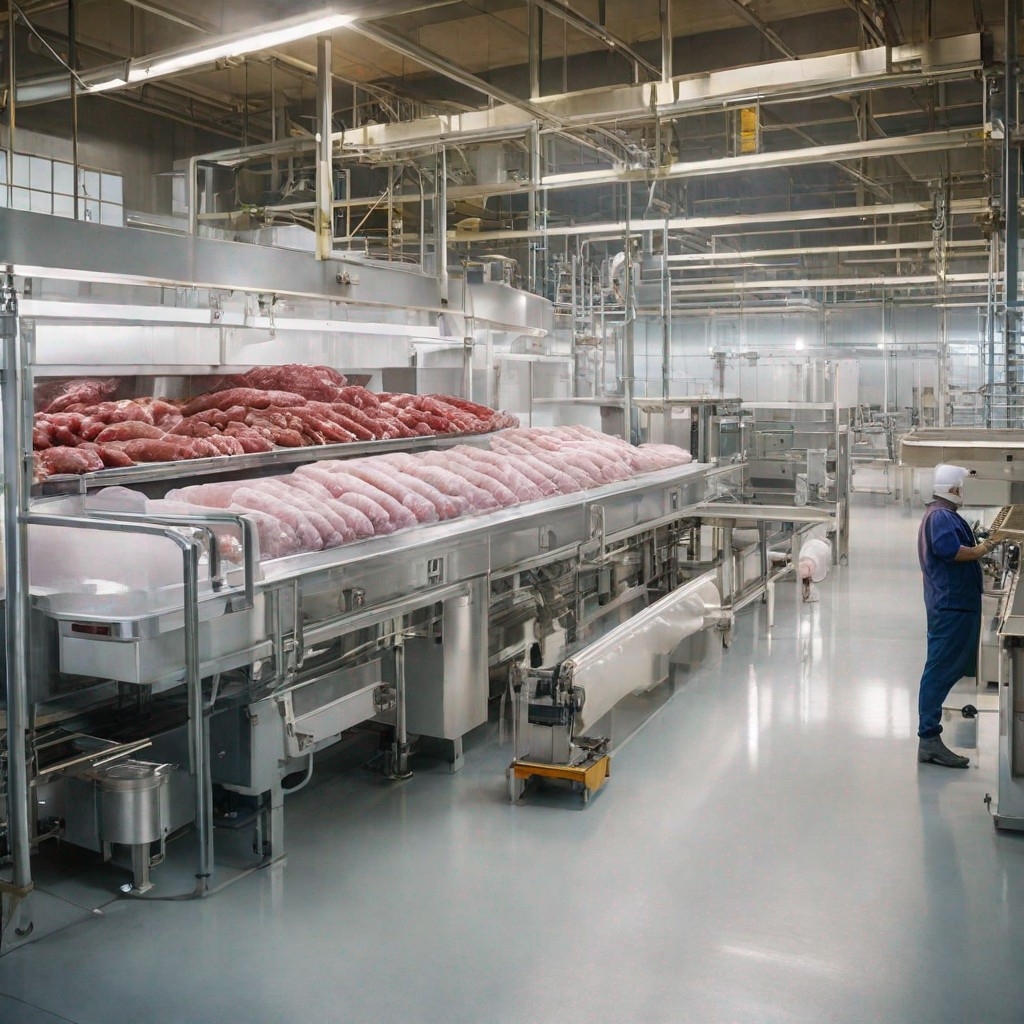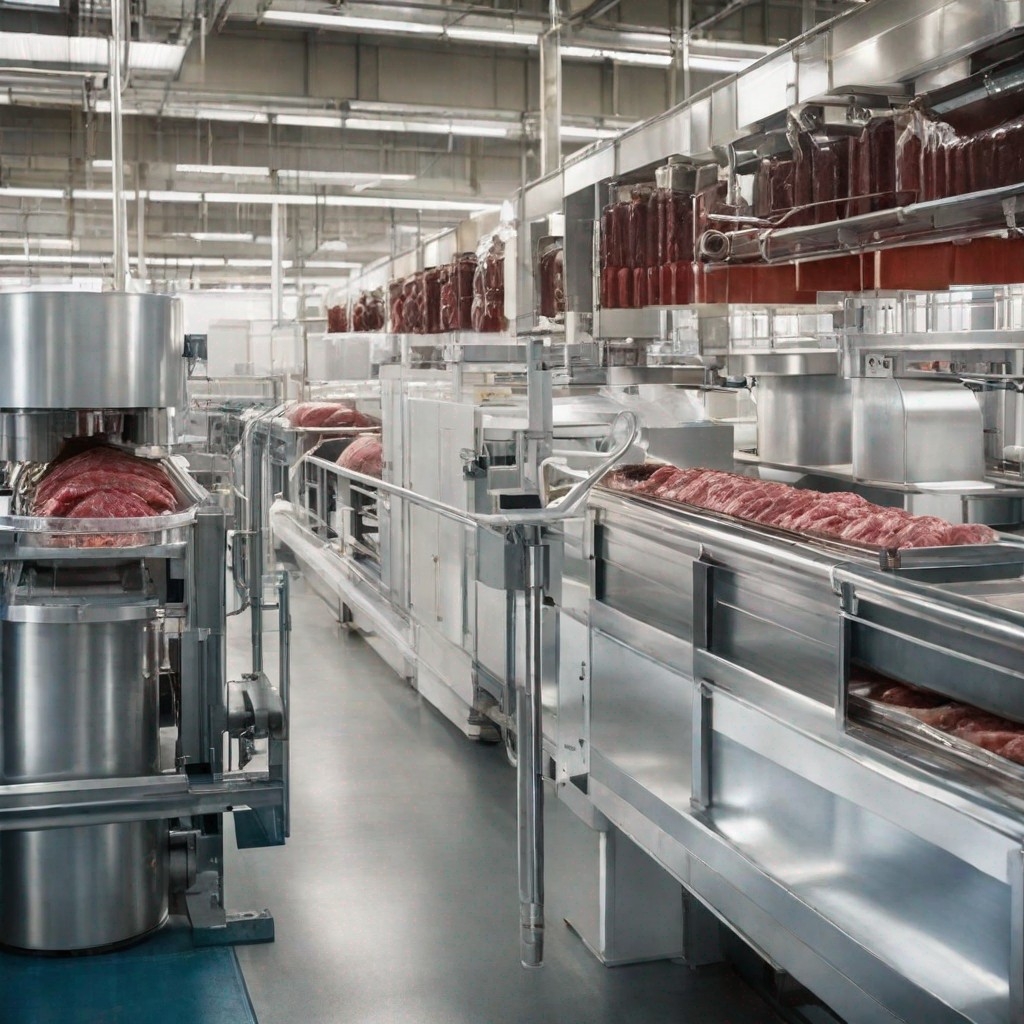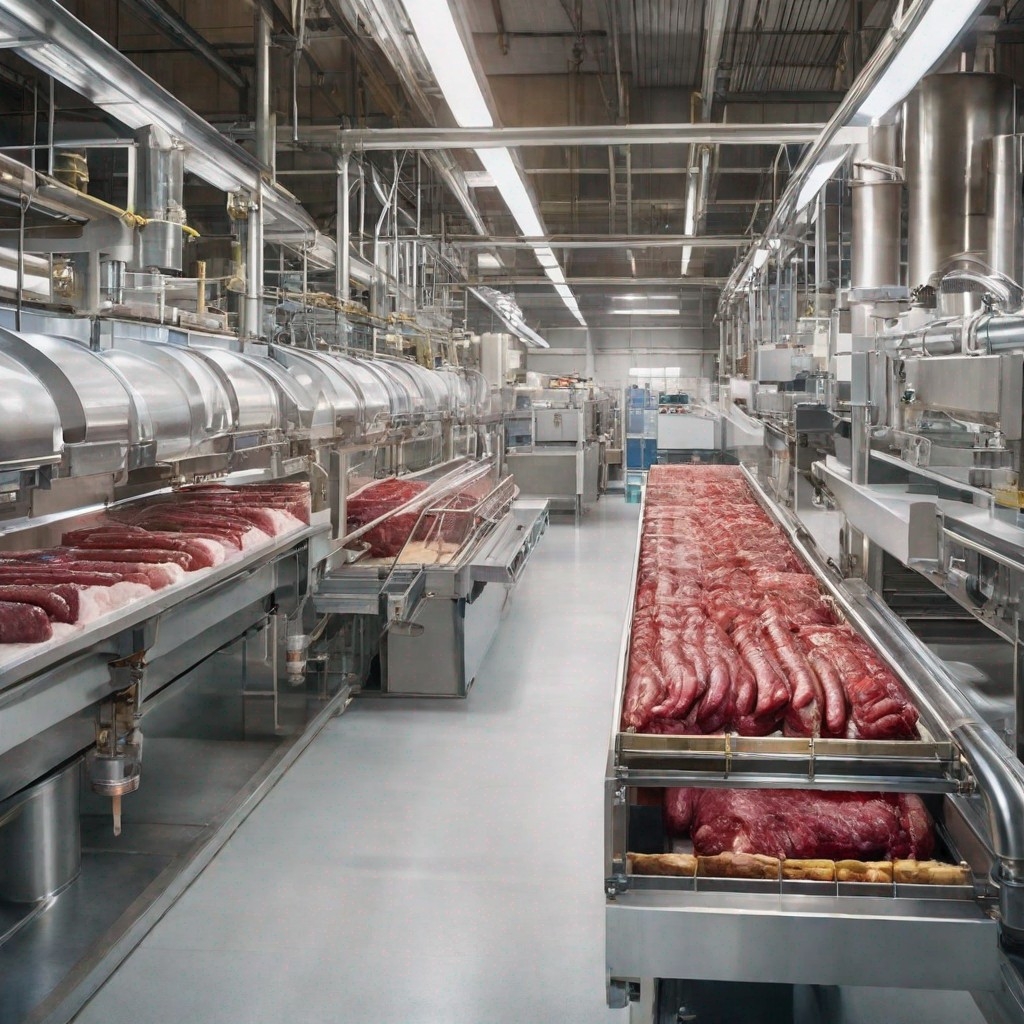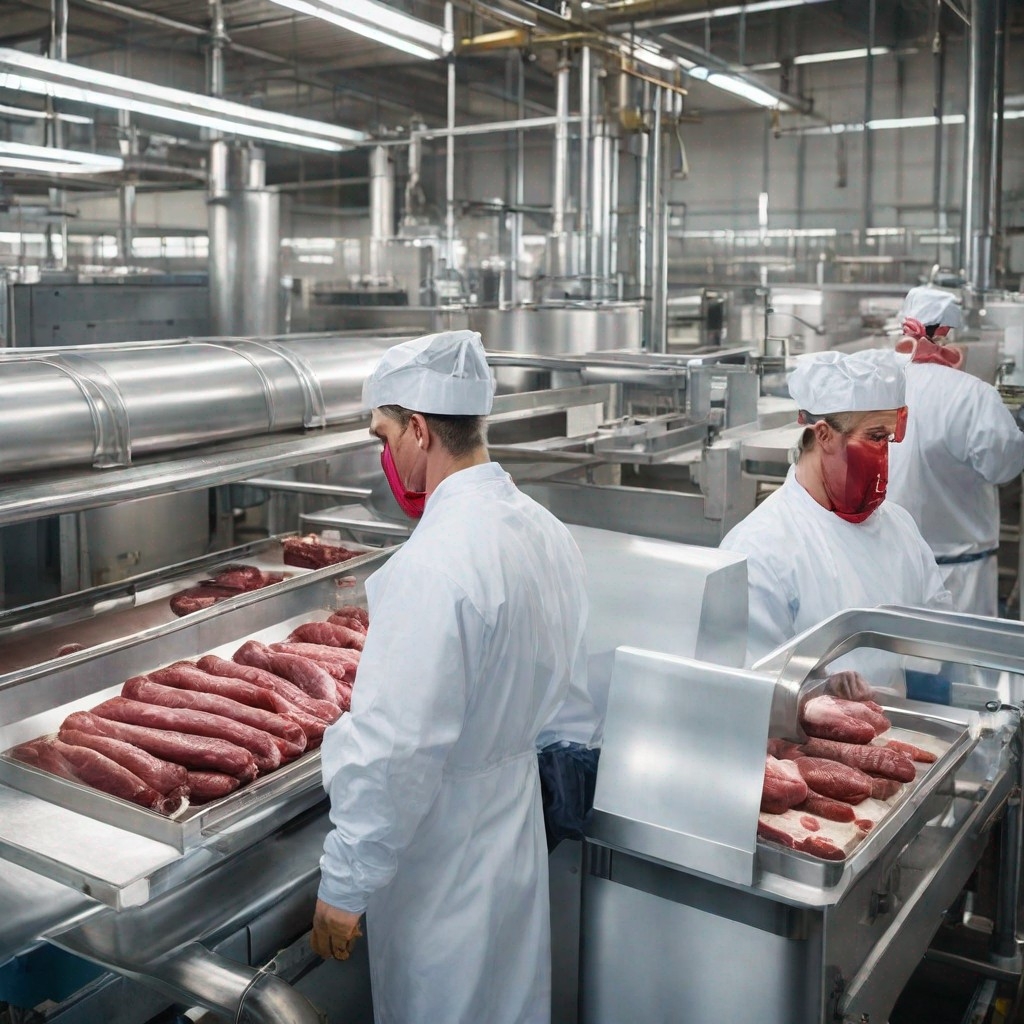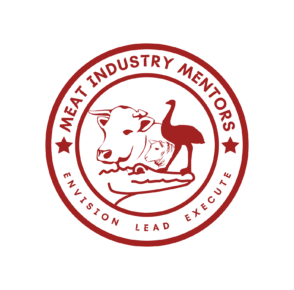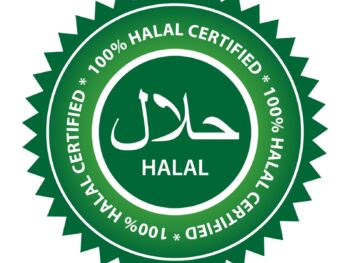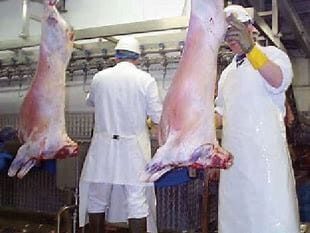When it comes to ensuring the safety of meat products, Implementing HACCP in Meat Processing Plants is pivotal. Hazard Analysis Critical Control Point (HACCP) systems serve as a preventive approach to food safety, focusing on identifying potential hazards and implementing control measures before they can become a threat. This proactive method is particularly crucial in the meat processing industry, where the risks of microbial contamination, cross-contamination, and other food safety issues are high. This article delves deep into how HACCP systems are designed and implemented in meat processing plants to safeguard consumer health and maintain regulatory compliance.Understanding HACCP and Its Importance in Meat ProcessingWhat is HACCP?
Setting up an effective monitoring system is a critical component of the Hazard Analysis Critical Control Point (HACCP) framework in any food processing environment, including meat processing plants. Monitoring serves as the eyes and ears of the HACCP system, providing real-time data to ensure that all critical control points (CCPs) are under control, and that the food product is being produced safely. Here’s a detailed look at why establishing robust monitoring systems is essential and how they function within the HACCP framework.
Importance of Monitoring Systems in HACCP
1. Ensuring Compliance with Critical Limits
Each CCP identified in the HACCP plan will have associated critical limits such as temperature, time, pH, salt concentration, and other measurable factors that ensure food safety. Monitoring systems are essential to verify that these parameters are consistently maintained within the set limits. Without an effective monitoring system, there is no empirical evidence to suggest that the process is under control, which increases the risk of food safety hazards.
2. Immediate Detection of Deviations
Monitoring provides immediate data on the operational status of each CCP. This allows for the quick detection of deviations from established critical limits. The sooner a deviation is detected, the quicker corrective actions can be implemented, minimizing the risk of a potentially unsafe product reaching the consumer.
3. Facilitates Preventive Measures
Regular and systematic monitoring can help predict potential failures in the control measures before they occur. This predictive capability is crucial for taking preventive actions that may avert food safety incidents.
4. Documentation and Traceability
Monitoring creates a record of data that can be used for verification and validation of the HACCP plan. These records are crucial during audits and inspections to prove that the food safety management system is effectively implemented. Moreover, in the event of a food safety issue, these records provide traceability to understand what went wrong and where.
5. Continuous Improvement
Monitoring systems provide a continuous stream of data that can be analyzed to find trends and patterns. This data is invaluable for continuous improvement of the process, helping to identify areas where the process controls can be made more efficient or where re-engineering may be required.
Setting Up Effective Monitoring Systems
Identify What to Monitor
Each CCP will have different factors that need monitoring based on the type of hazard it controls. For meat processing, this could include the internal temperature during cooking, the time and temperature during cooling, or the pH level in fermentation processes.
Choose Appropriate Monitoring Devices
The choice of monitoring devices will depend on the parameter being monitored. Thermometers, pH meters, timers, and visual checks are common. Advanced systems might include automated sensors that continuously record data and provide alerts if parameters go out of the set limits.
Define Monitoring Frequency
The frequency of monitoring must be sufficient to guarantee that the CCPs are under control. Some processes might require continuous monitoring, while others may be checked at specific intervals. The frequency is often determined by the nature of the hazard and the process dynamics.
Train Personnel
Personnel responsible for monitoring must be trained not only on how to use monitoring equipment but also on what to do if a deviation occurs. They should understand the importance of their role in the food safety management system.
Establish Record-Keeping Procedures
Documentation is a key element of monitoring. Records should include the date and time of monitoring, the person who conducted the monitoring, the results, and any corrective actions taken. These records must be accurate, timely, and accessible.
Conclusion
In summary, monitoring is a vital element of the HACCP system in meat processing plants, ensuring that all aspects of the food safety management system are controlled and effective. By providing crucial data and facilitating timely corrective actions, monitoring systems help maintain the integrity of the food safety process, ultimately protecting consumers and the business’s reputation.
Hazard Analysis and Critical Control Points (HACCP) is a systematic preventive approach to food safety. It involves identifying physical, chemical, and biological hazards in production processes that can cause the finished product to be unsafe and designs measurements to reduce these risks to a safe level. In simple terms, it is a plan to prevent potential hazards rather than an attempt to find and control hazards after they have occurred. Why is HACCP Essential in Meat Processing?
Meat products are highly susceptible to contamination due to their nutrient-rich nature, which supports the growth of pathogenic microorganisms. Implementing HACCP in meat processing plants not only helps in ensuring the safety and quality of the meat but also complies with national and international food safety regulations. It also boosts consumer confidence and can prevent costly product recalls and legal issues.Steps for Implementing HACCP in Meat Processing PlantsConduct a Hazard Analysis
The first step in establishing a HACCP plan is to conduct a thorough analysis of the hazards that could occur at each step of the meat processing chain. This includes everything from the receipt of raw materials to the processing, storage, and distribution of the finished products. Determine the Critical Control Points (CCPs)
A critical control point is a step at which control can be applied and is essential to prevent or eliminate a food safety hazard or reduce it to an acceptable level. For meat processing, CCPs could include cooking, cooling, packaging, and metal detection. Establish Critical Limits
For each CCP, a critical limit must be established. These are the maximum or minimum values to which biological, chemical, or physical parameters must be controlled at a CCP to prevent, eliminate, or reduce the occurrence of a food safety hazard.
Set Up Monitoring Procedures
Regular monitoring of the CCPs is crucial to ensure that each process is under control. This could involve checking temperatures, pH levels, times, or visual appearances to ensure they meet the critical limits set. Implement Corrective Actions
Should monitoring show that a CCP is not under control, corrective actions must be taken. The actions might include reprocessing the product, diverting it to a non-food use, or even destroying the product, depending on the hazard. Verification Procedures
Verification involves the use of methods, procedures, tests, and other evaluations, in addition to monitoring, to determine compliance with the HACCP plan.Record Keeping and Documentation
Keeping detailed records is an essential part of the HACCP plan. Documentation should include the actual values and observations obtained during monitoring. Challenges and Solutions in Implementing HACCP in Meat Processing
Implementing HACCP in meat processing plants comes with its set of challenges including the costs of setting up and maintaining the HACCP system, training employees, and continuously updating the system in response to new hazards. However, the long-term benefits in terms of product safety, consumer confidence, and compliance with regulations make it a worthwhile investment.
Implementing HACCP in meat processing plants is not just about compliance; it's a crucial step towards ensuring the safety and quality of meat products. As the industry continues to evolve, so too must our approaches to food safety. Whether you are a meat processor or a stakeholder in the food industry, embracing HACCP principles is essential for a successful operation. For more insights and guidance on setting up an effective HACCP plan, feel free to reach out or consult with a food safety expert.
